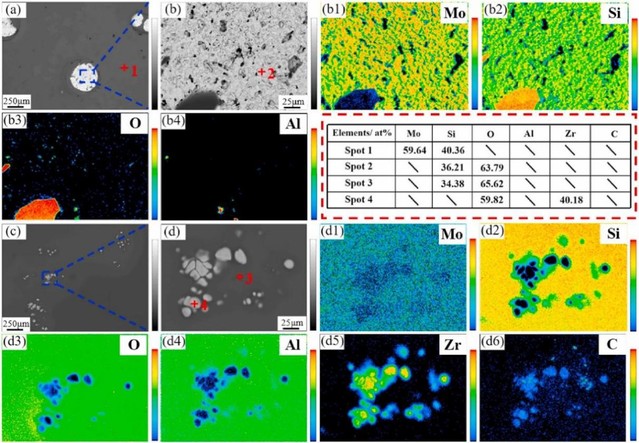
Fig. 1. Conceptual diagram for the study of high-temperature
oxidation-resistant coatings

Fig. 2. Characterisation of the oxide film morphology on the coating
surface after oxidation from room temperature to 1700°C
Space mining technology places stringent demands on the service temperatures and lifetimes of materials used in sophisticated aerospace components. Niobium alloys are among the most promising materials for high-temperature applications due to their exceptional strength at elevated temperatures, surpassing that of conventional nickel-based alloys. Although niobium exhibits remarkable chemical stability under ambient conditions, it is susceptible to detrimental oxidation at elevated temperatures, which significantly hampers its utilization and the application of its alloys in high-temperature environments. Therefore, it is imperative to safeguard and enhance the high-temperature characteristics of niobium and its alloys, and the application of antioxidant coating technology along with the investigation of its high-temperature oxygen barrier properties holds significant importance. MoSi2, as a quintessential high-temperature silicide, is extensively utilized in industrial high-temperature furnaces as the pivotal heating component known as silicon molybdenum rods. As industrialisation progresses, the annual demand for silicon molybdenum rods has been steadily increasing. However, a significant quantity of silicon molybdenum rods that have undergone high-temperature operations and subsequently failed are being discarded, resulting in substantial waste of resources and environmental pollution. Therefore, it is imperative to adopt suitable measures for the rational utilization of discarded silicon molybdenum rods, taking into account their inherent attributes.
Drawing upon the principles of “Whole Matter Utilisation” and “High Temperature In-situ Film Formation”, Dr. Zhu Lu and Prof. Peizhong Feng, members of the Solid Waste Utilisation and High Performance Ceramics Team of the School of Materials Science and Physics, have collaborated with Assistant Professor Shipeng Zhang of the Hong Kong Polytechnic University to conduct a comprehensive examination of the factors that govern the oxidation resistance exhibited by MoSi2-based coatings applied to ZrSi2 and SiC-doped niobium metal surfaces. This research has delved into the effects of ZrSi2 and SiC doping on enhancing the high-temperature antioxidant capabilities of MoSi2-based coatings on niobium metal substrates by reusing discarded silicon molybdenum rods. Furthermore, upon exposure to 1700℃, the oxide film of the MoSi2 coating formed a circular porous Mo5Si3 phase, characterized by the presence of pores and cracks. In contrast, after prolonged high-temperature oxidation, the composite coating exhibited a dense and crack-free Zr-Si-O complex-phase oxide film, demonstrating remarkable oxygen-blocking capabilities at temperatures reaching 1700℃. The findings of the pertinent research have been officially published in the esteemed international journal, Composites Part B: Engineering, under the headline “Recycling of MoSi2-based industrial solid wastes for the fabrication and high-temperature oxidation behavior of MoSi2–ZrSi2–SiC composite coating”. Dr. Lu Zhu served as the first author, while Professor Feng Peizhong and Assistant Professor Shipeng Zhang jointly as corresponding authors.
Composites Part B: Engineering, with an impact factor of 13.1, is a TOP journal in the CAS Division I. It ranks the first in the field of engineering and multidisciplinary research published on Web of Science, which is the world’s platform for scientific research on the design, properties, applications, and other related aspects of composite materials within the engineering domain.